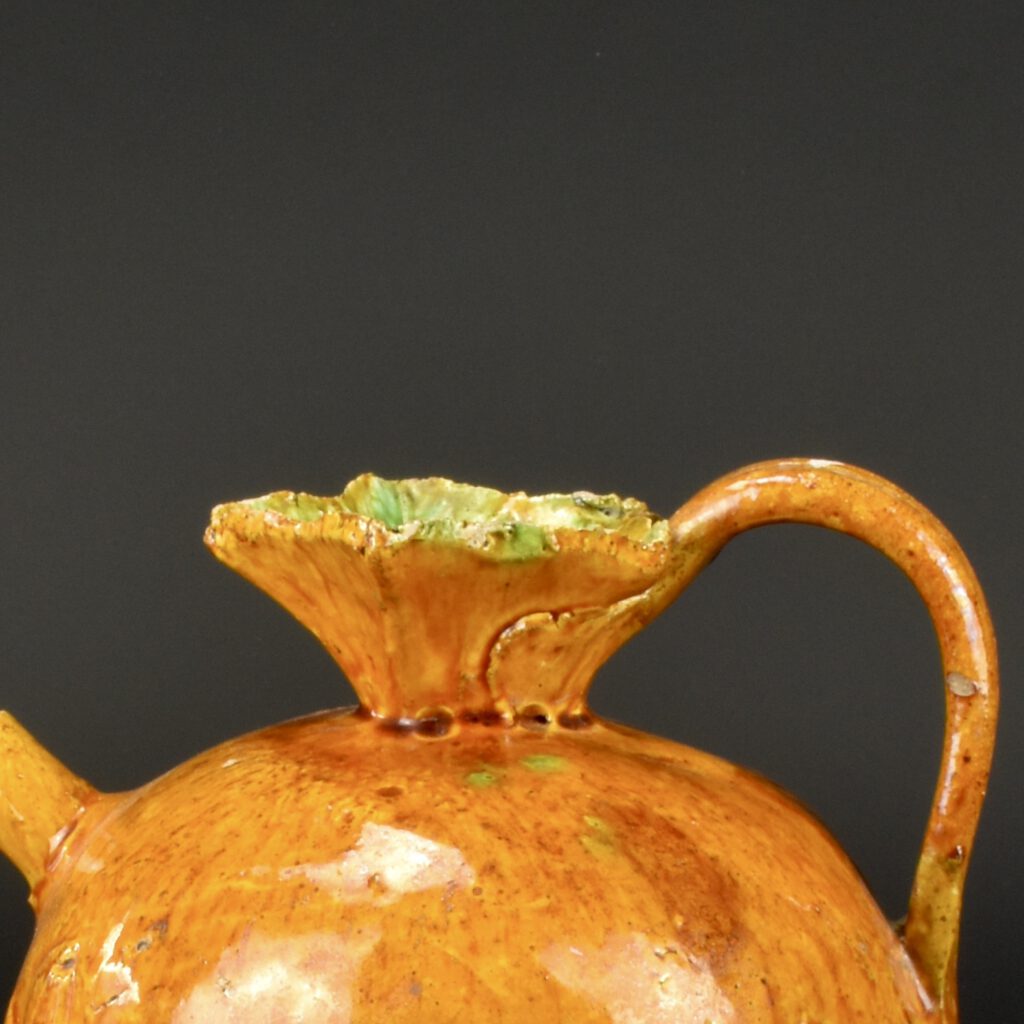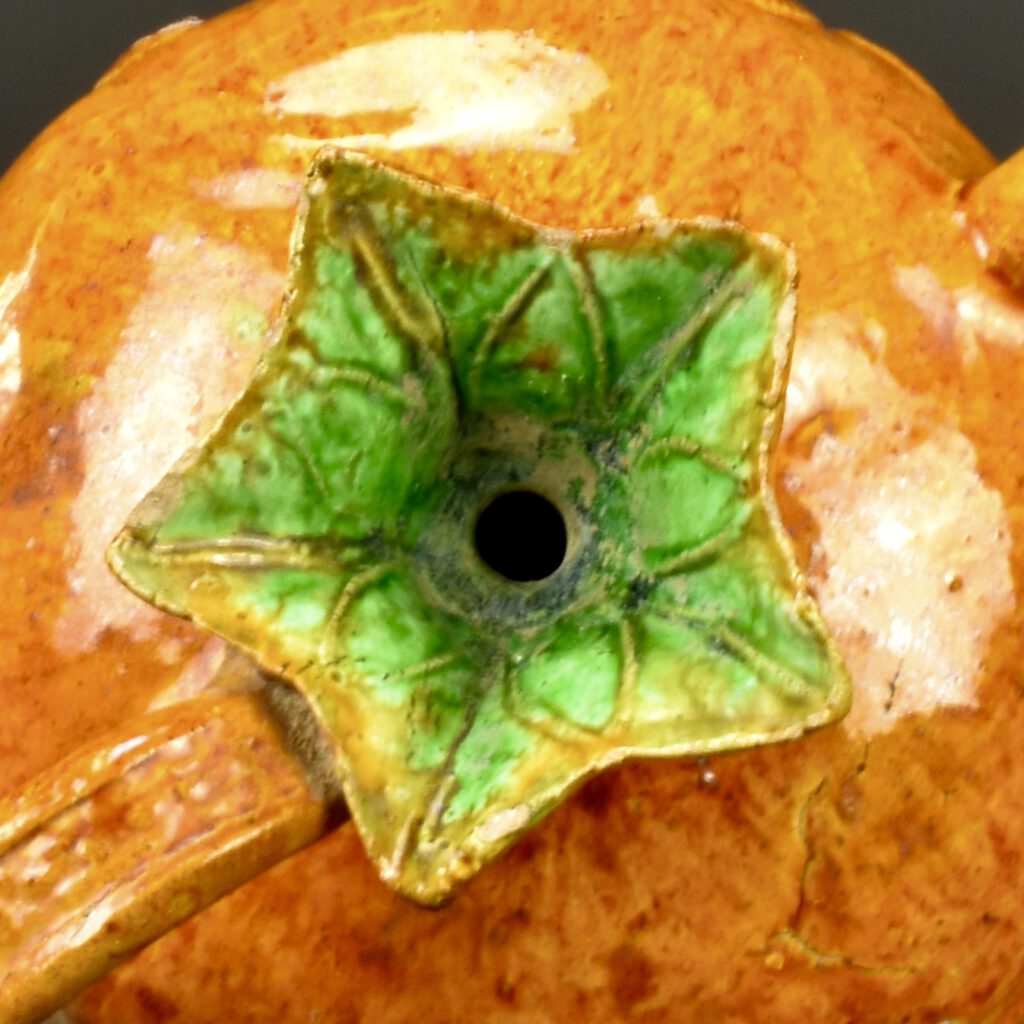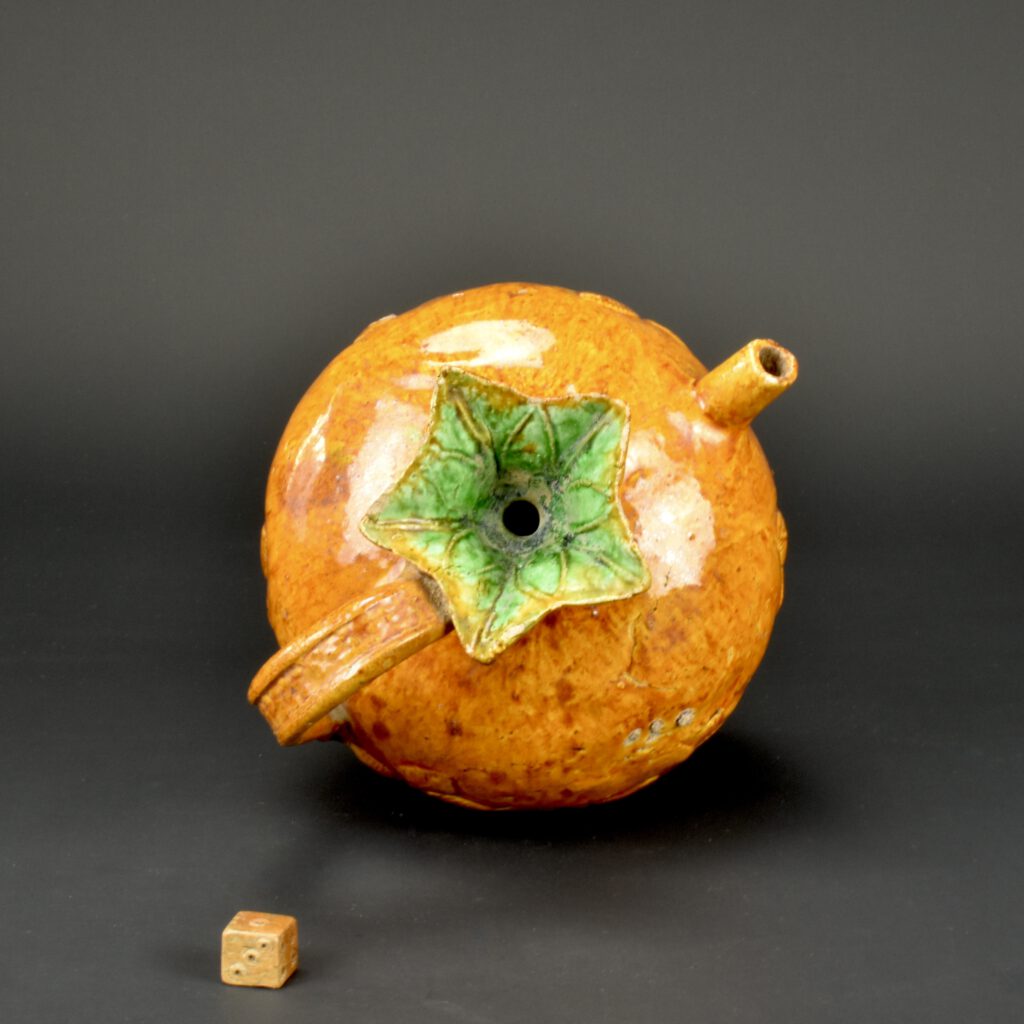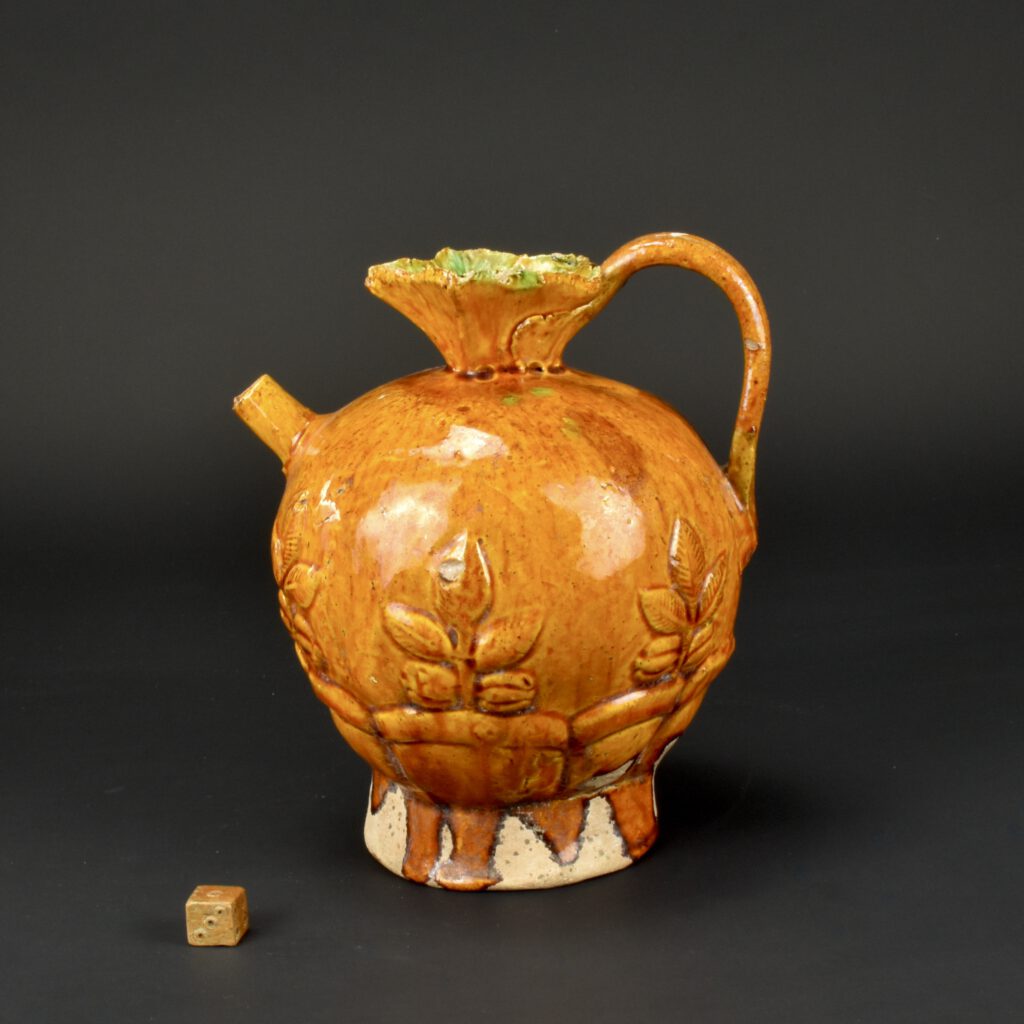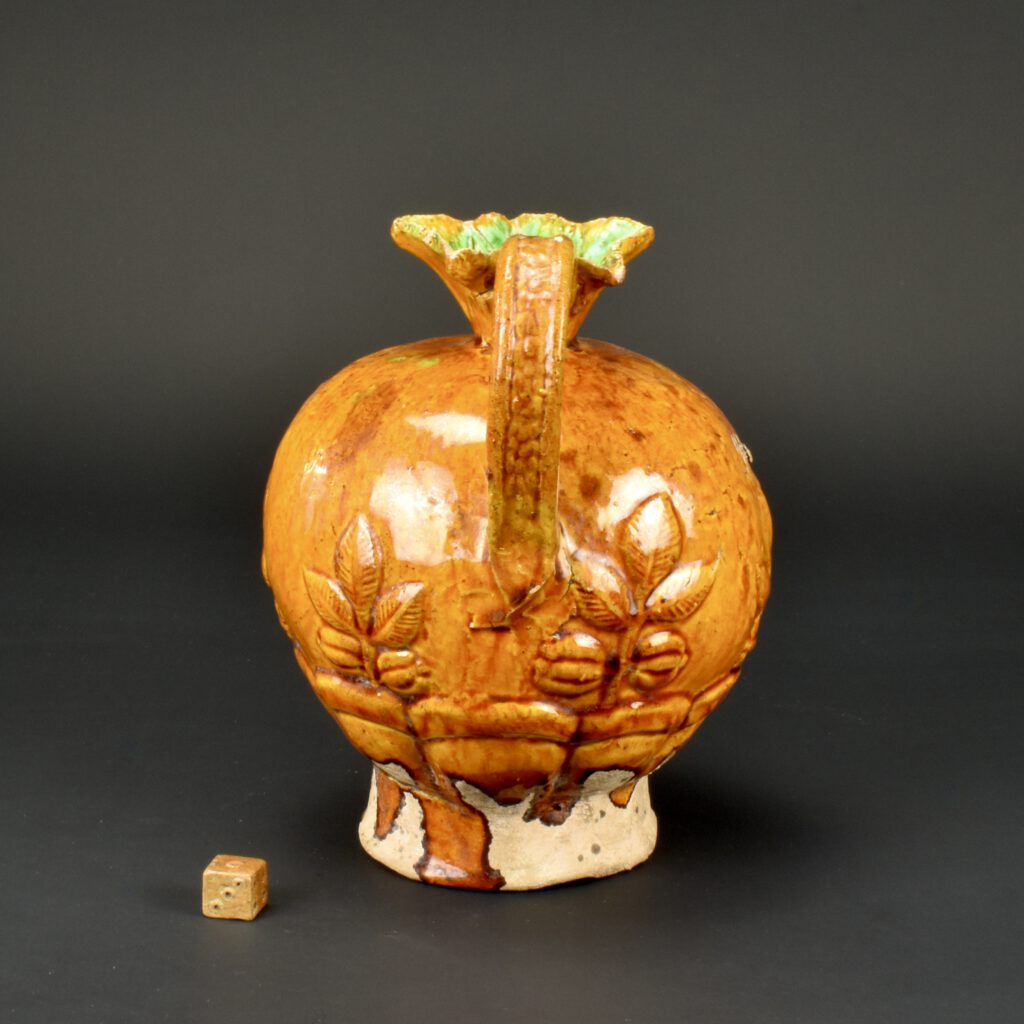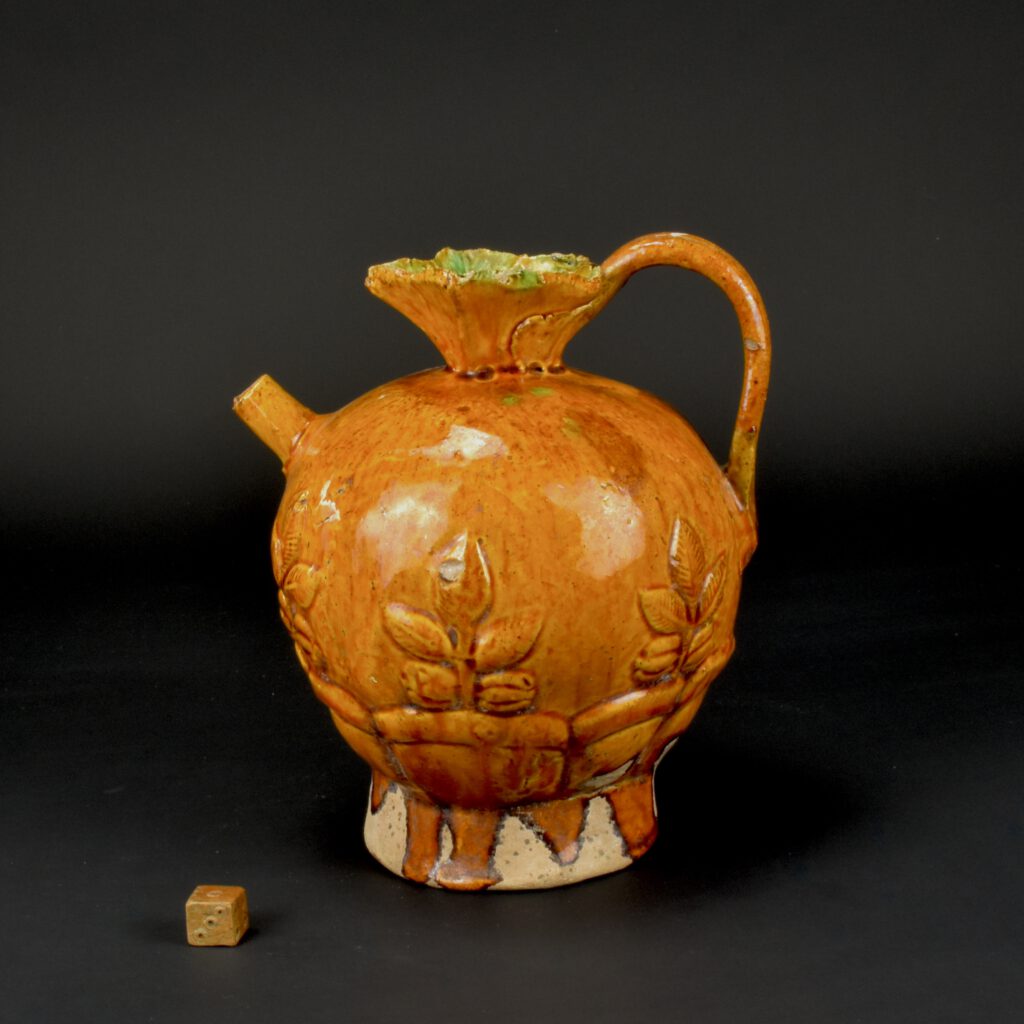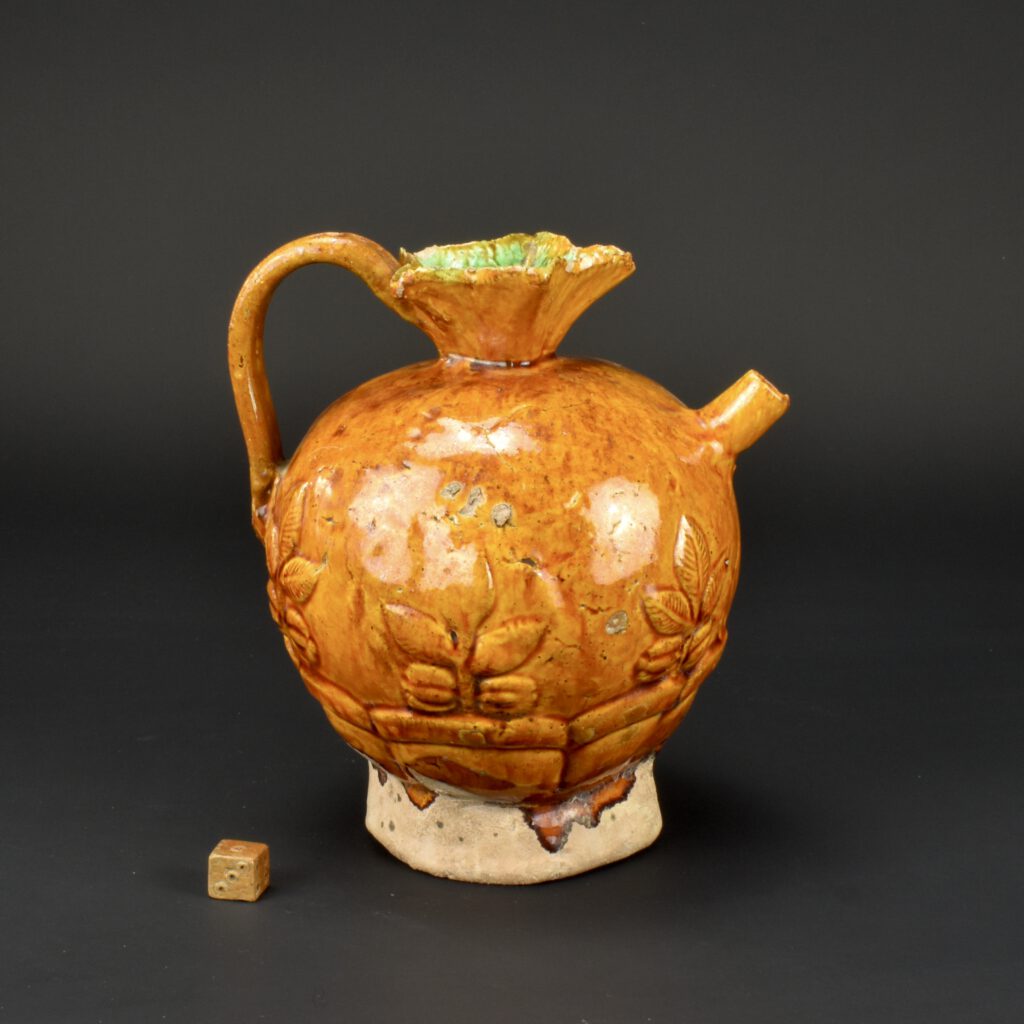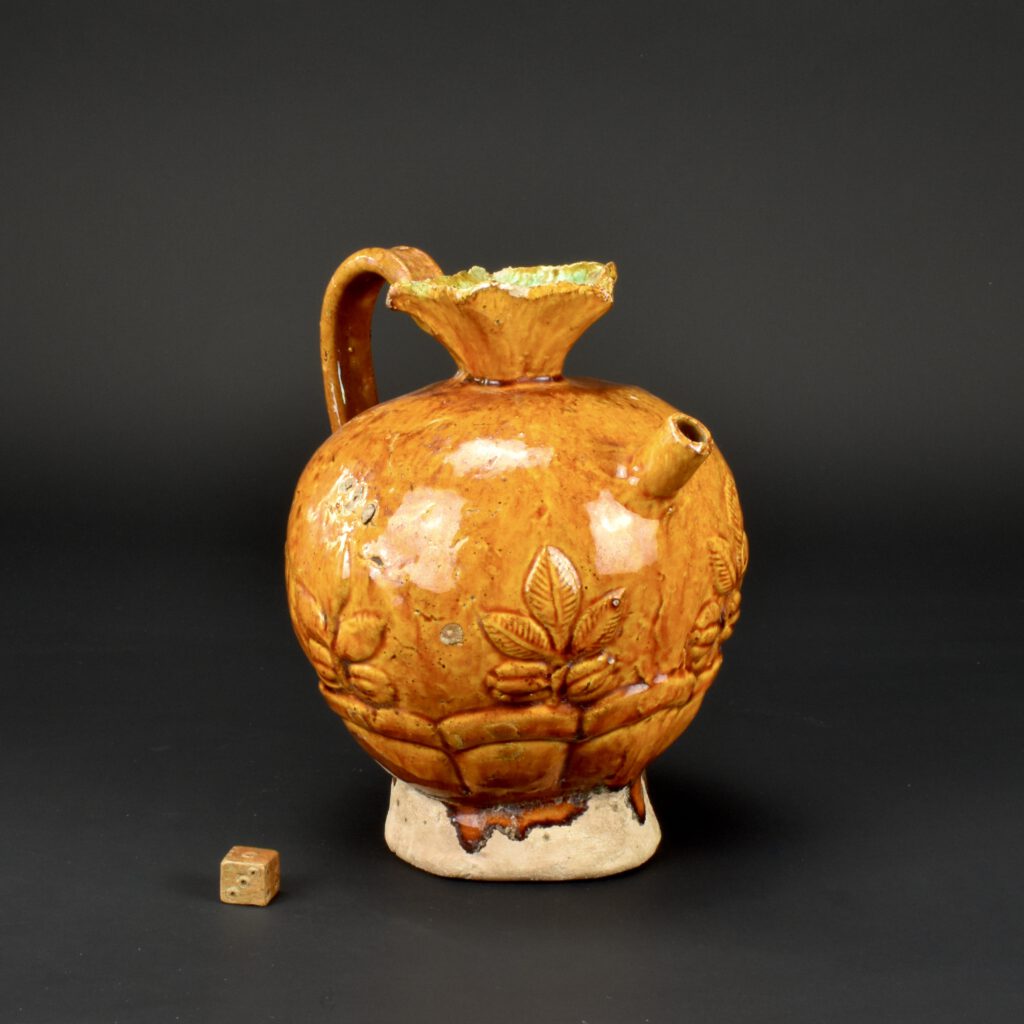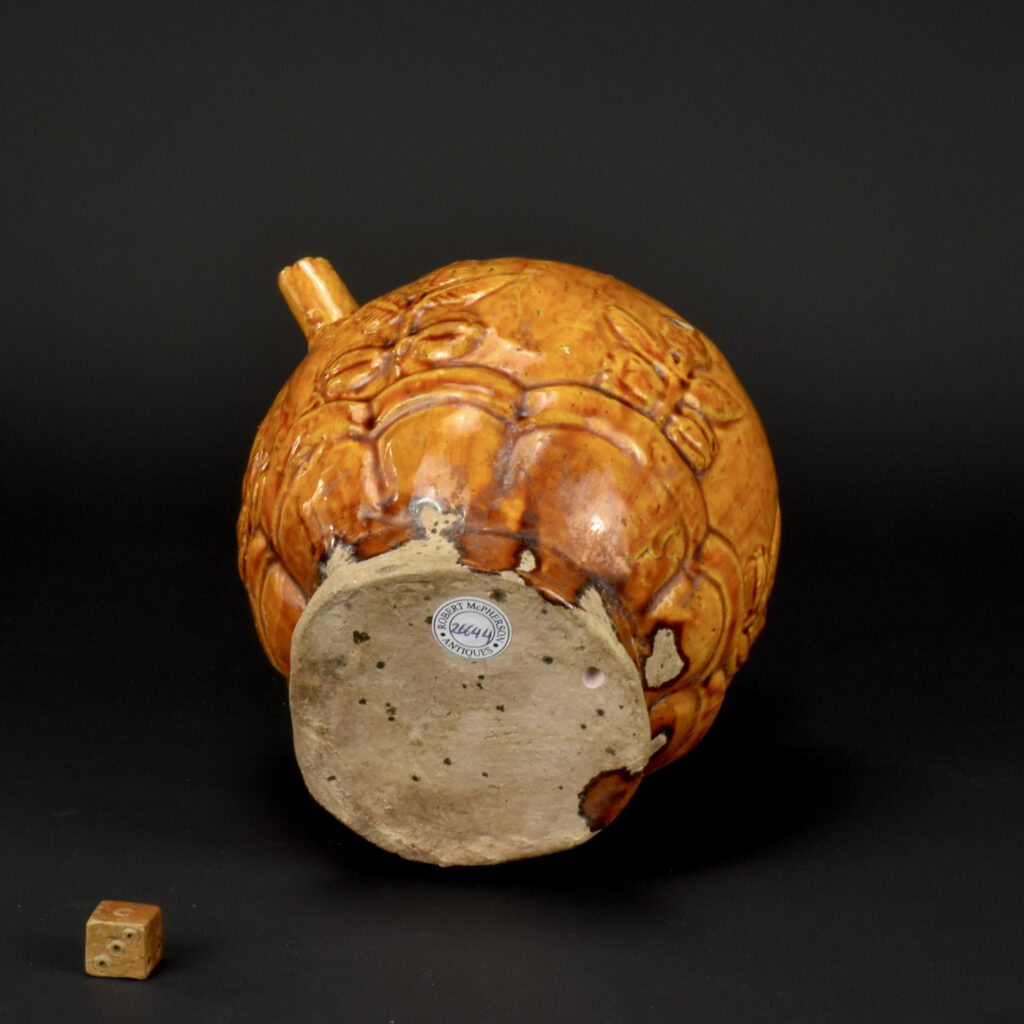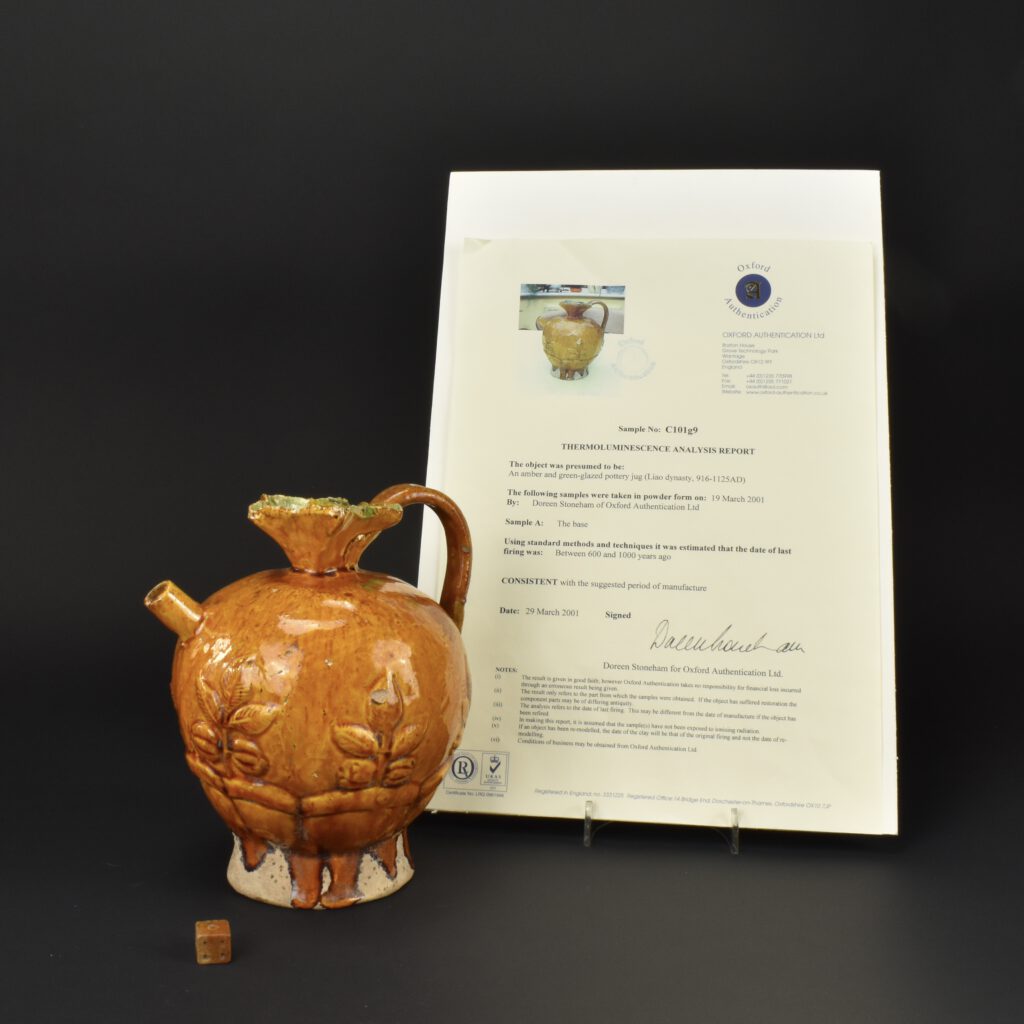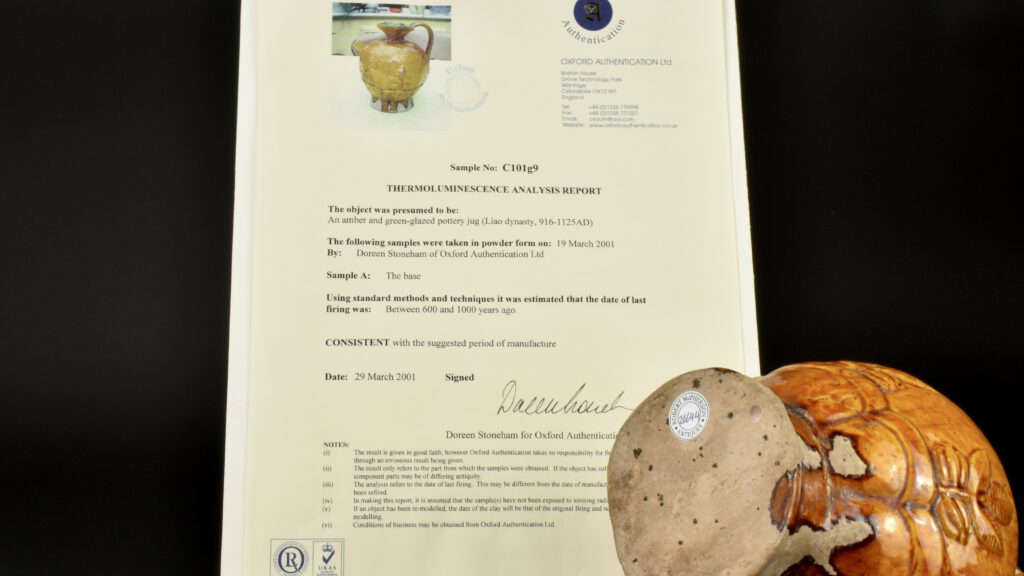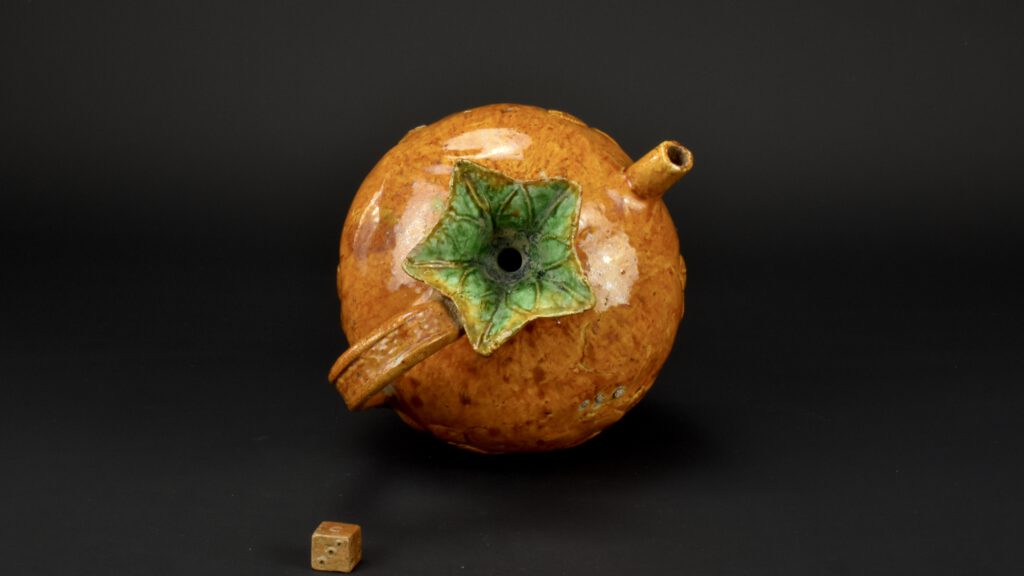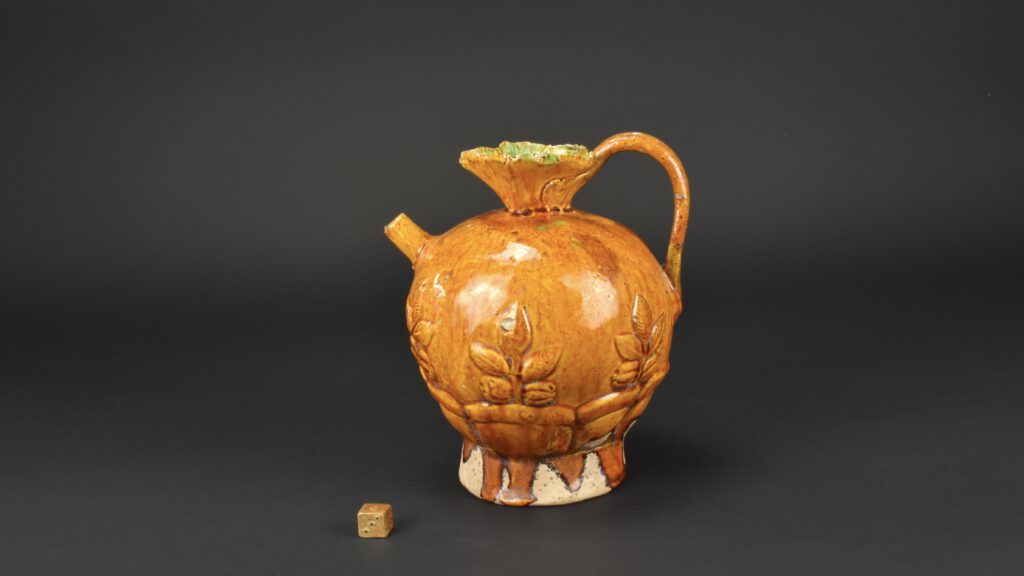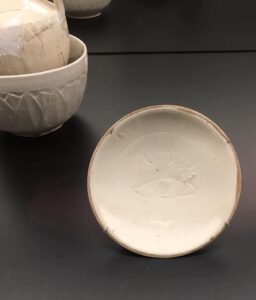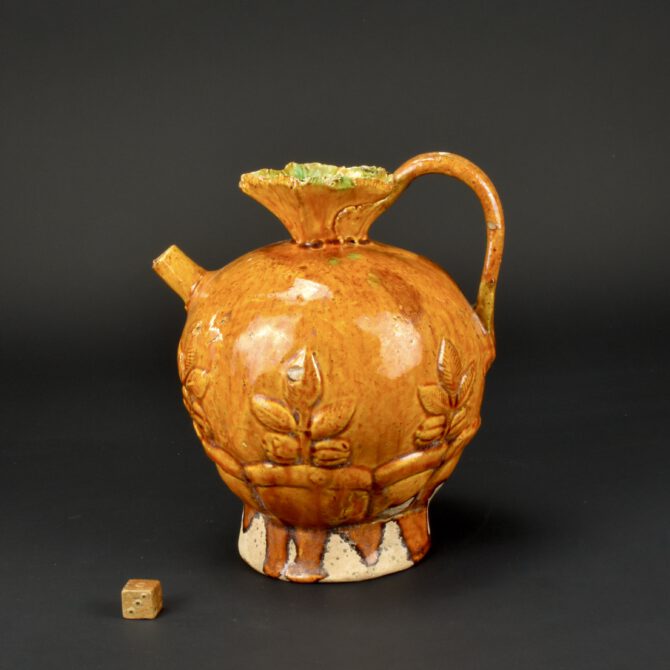
A Rare Liao Dynasty Amber Glazed Pomegranate Shaped Pottery Ewer
A Rare Liao Dynasty Amber Glazed Pomegranate Shaped Pottery Ewer, Liaoning province or Inner Mongolia, 10th or 11th Century. This rare lead glazed Liao ewer is very similar to an example illustrated in Volume Three of Chinese Ceramics from the Meiyintang Collection (an excellent series of books by Regina Krahl, see References). The bulbous body has been made from two moulded sections luted together. The moulded register, above the splayed solid flat foot, is decorated with six twigs, each with five leaves growing from the ground. The cylindrical spout is small, a typical feature of Liao pottery ewers. The calyx shaped top was made of a single piece of press-moulded clay, it is green glazed to the veined interior. You can see where the circular end of a potter’s tool has been pressed in to secure the calyx shaped top. A calyx is a leafy structure that encompasses the developing bud of a flower, it sometimes remains at the base of a flower to add support or become part of the fruit. The Latin calyx is derived from Greek kalyx ‘bud, calyx, husk, wrapping’ sepals are collectively called the calyx, the outermost part of a flower. Solomon is said to have designed his coronet based on the pomegranate’s “crown” (calyx). The handle is of strap form with moulded decoration down the middle. As with many Liao pottery objects, the glazes have been directly applied to the biscuit body, without applying a slip. A slip, simply liquified fine white clay is often applied to ceramics rather like a painter adding white to the canvas before starting the painting. The white slip dries and fills in tiny pits and hides small lumps on the surface, it also reflects light through translucent glazes. The amber glaze on this ewer doesn’t hide imperfections, Liao pottery has a rough earthy quality to it, this ewer doesn’t hide its construction with slip left around the handle, tool and finger marks still showing.
See Below For More Photographs and Information.
SOLD
- Condition
- In very good condition, some firing scars to the body, two small firing scars to the thin edge of the top, a small glaze loss or glaze chip to the handle
- Size
- Height (base to handle) 16.4 cm (6.48 inches)
- Provenance
- An Oxford Authentications Thermoluminescence for this ewer confirming its authenticity comes with the Liao ewer.
- Stock number
- 26644
- References
- A very similar Liao ewer is illustrated in : Chinese Ceramics from the Meiyintang Collection, Volume Three (Regina Krahl, Paradou Writing Ltd. ISBN 978095533570. London 2006) page 302, plate 1322. The handle of the Meiyintang example is of a different form and the top is on a 'stem'.
Information
1) Liao Ceramic Ewers - Robert McPherson Antiques Sold Archive.
2) The Great Liao - Exhibition, Assen, Drents Museum, Netherlands.
Robert McPherson Antiques Sold Archive
Liao Pottery Ewers.
Robert McPherson Antiques - Sold Archive.
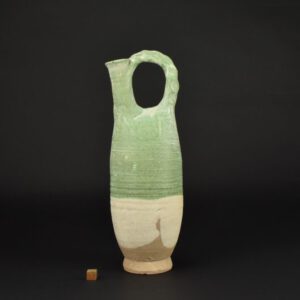
See Below For More Photographs and References.
SOLD
Condition
In excellent condition, the thin glaze is semi-matt/ matt, there are signs of glaze decomposition under the handel. The top of the handel appears to have touched something in the kiln, a shallow glaze chip to the spout.
Size
Height 30.5 cm (12 inches)
Stock number
27131
References
Three Liao Flasks of this type are illustrated in in Chinese Ceramics from the Meiyintang Collection, Volume One (Regina Krahl, Azimuth Editions 1994. ISBN 1-8985592-02-0) page 165, items 290/292. Regina Krahl notes that two similar flasks (but with a yellow glaze) were excavated in the Harqin Zuoyi Mongol Autonomous County, Liao-ning. She quotes this type being dated mid to late Liao by Kaogu (1988, number , p.861). An Oxford Authentications Thermoluminescence report accompanies this flask, it estimates the date of the last firing was between 800 and 1200 years ago.
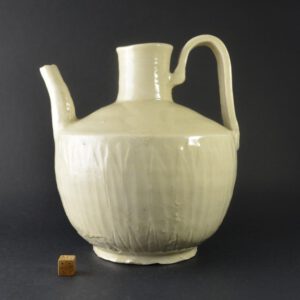
SOLD
Condition
In excellent condition, what looks like a chip to the foot is in fact a fingerprint, this area is partially glazed.
Size
Height 19.8 cm (7 3/4 inches).
Provenance
From a Private London Collection of Early Chinese Ceramics, formed between c.1970-1990.
Stock number
706
References
A similar but more sophisticated Liao ewer is illustrated in : Yuegutang, A Collection of Chinese Ceramics in Berlin (Regina Krahl, G+H Verlag, Berlin, 2000) page 199, plate 155.
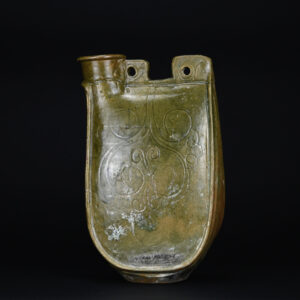
SOLD
Condition
There is a restored chip to the side 'seam' c.4 cm long, it goes into the body of the vessel slightly. The rim has chips restored, the spray goes inside in one area.The restoration is difficult to see but shows up with a U.V. lamp. It is sprayed restoration so the repairs are very likely to be smaller than the sprayed area.
Size
26.4 cm (10 1/2 inches)
Provenance
A Private American Collection.
Stock number
26650
The Great Liao - Exhibition, Assen, Drents Museum, Netherlands.
In 2017-2018 the exhibition The Great Liao highlights the splendour of an Inner Mongolian nomad dynasty.
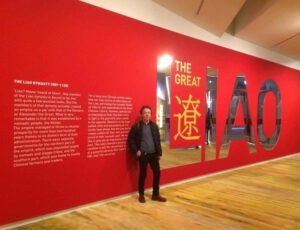
In 2017-2018 the exhibition The Great Liao highlights the splendour of an Inner Mongolian nomad dynasty.
Khitan relics from Inner Mongolia (907-1125).
How a small nomadic tribe evolved into a superpower in Asia. The major archaeological exhibition The Great Liao tells the remarkable story of the mighty Liao dynasty in the 10th and 11th centuries. An empire with an area of more than 4,000 km, extending from the Sea of Japan in the east to the Altai mountains in the west. Spectacular archaeological finds that have come to light in the past thirty years give visitors a unique impression of the Liao culture. Wandering round the exhibition you will imagine yourself in the vast steppes of Central Asia. The Liao treasures have never before been on view in the Netherlands.
From a nomadic tribe to a powerful empire.
The exhibition’s title ‘The Great Liao’ refers to the Liao river in Inner Mongolia. Around AD 900 the land on either side of the river was home to the Khitan, a nomadic tribe of hunters and livestock farmers who roamed the Mongolian steppes. Through military conquests, trade in luxury goods and treaties with nearby peoples these nomads gradually created a mighty empire which, at the height of its power, comprised what is now Mongolia plus parts of North China, Russia and North Korea. To ensure efficient control of that vast area, the Liao built five large capitals, one of which later evolved into what is now Beijing. Majestic palaces symbolised their imperial power, but they did not spurn their nomadic roots: within the walls of their cities there was always room for yurts, the nomads’ traditional tents.
Unique Liao culture.
The Liao were long believed to have been a barbaric steppe tribe. Forgotten and reviled. But the spectacular objects that have come to light in excavations of tombs have completely reversed that view. The approximately 145 costly artefacts on display in the exhibition – mostly from the Inner Mongolia Museum in Hohhot (China) – demonstrate the Liao’s unique, outstanding culture. They give us an impression of the pomp and circumstance of the elite, the people’s daily life, their burial practices and their exceptional craftsmanship. Impressive ceramics, gold ornaments, gilded horse harnesses and silver dining utensils are on view in Assen.
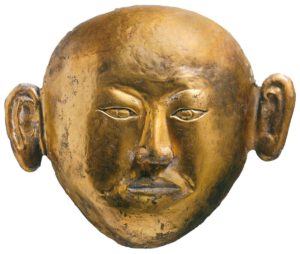
The absolute highlight of the exhibition is the tomb of the Princess of Chen, which was discovered by archaeologists in 1986. Its discovery was nothing less than sensational as the tomb was found to be completely intact and stacked full of luxury grave goods. The Princess of Chen, a granddaughter of the Liao emperor Jingzong (who ruled from 969 until 982), died at the tender age of 17 in 1018. Her face was covered with a death mask of pure gold to express her imperial dignity and her status within the dynasty, and on her feet she wore gilded silver boots.
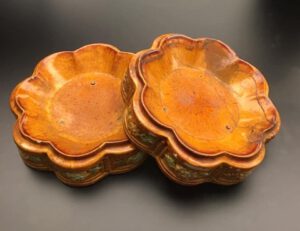
In 2017-2018 the exhibition The Great Liao highlights the splendour of an Inner Mongolian nomad dynasty.
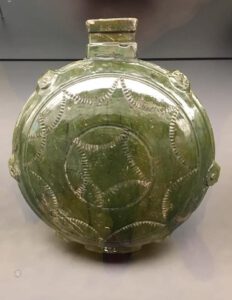
In 2017-2018 the exhibition The Great Liao highlights the splendour of an Inner Mongolian nomad dynasty.
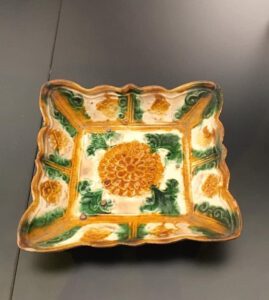
In 2017-2018 the exhibition The Great Liao highlights the splendour of an Inner Mongolian nomad dynasty.
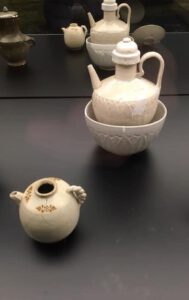
In 2017-2018 the exhibition The Great Liao highlights the splendour of an Inner Mongolian nomad dynasty.
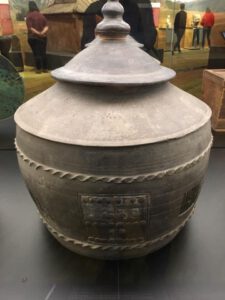
In 2017-2018 the exhibition The Great Liao highlights the splendour of an Inner Mongolian nomad dynasty.
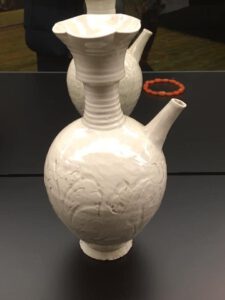
In 2017-2018 the exhibition The Great Liao highlights the splendour of an Inner Mongolian nomad dynasty.
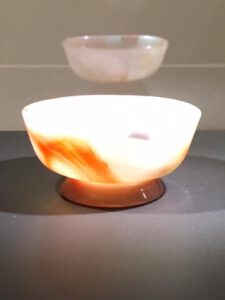
In 2017-2018 the exhibition The Great Liao highlights the splendour of an Inner Mongolian nomad dynasty.
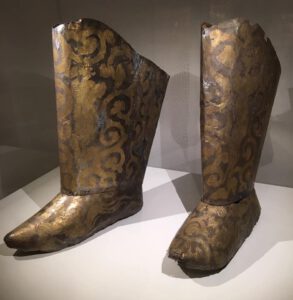
In 2017-2018 the exhibition The Great Liao highlights the splendour of an Inner Mongolian nomad dynasty.
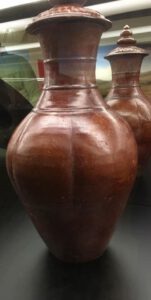
In 2017-2018 the exhibition The Great Liao highlights the splendour of an Inner Mongolian nomad dynasty.
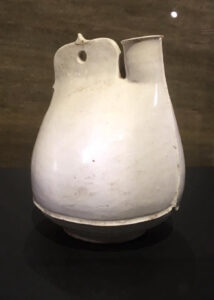
In 2017-2018 the exhibition The Great Liao highlights the splendour of an Inner Mongolian nomad dynasty.
Robert McPherson at The Great Liao - Exhibition,
Assen, Drents Museum, Netherlands
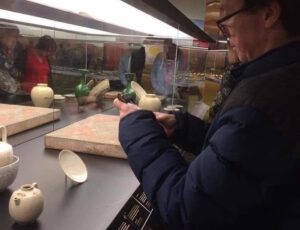
In 2017-2018 the exhibition The Great Liao highlights the splendour of an Inner Mongolian nomad dynasty.
